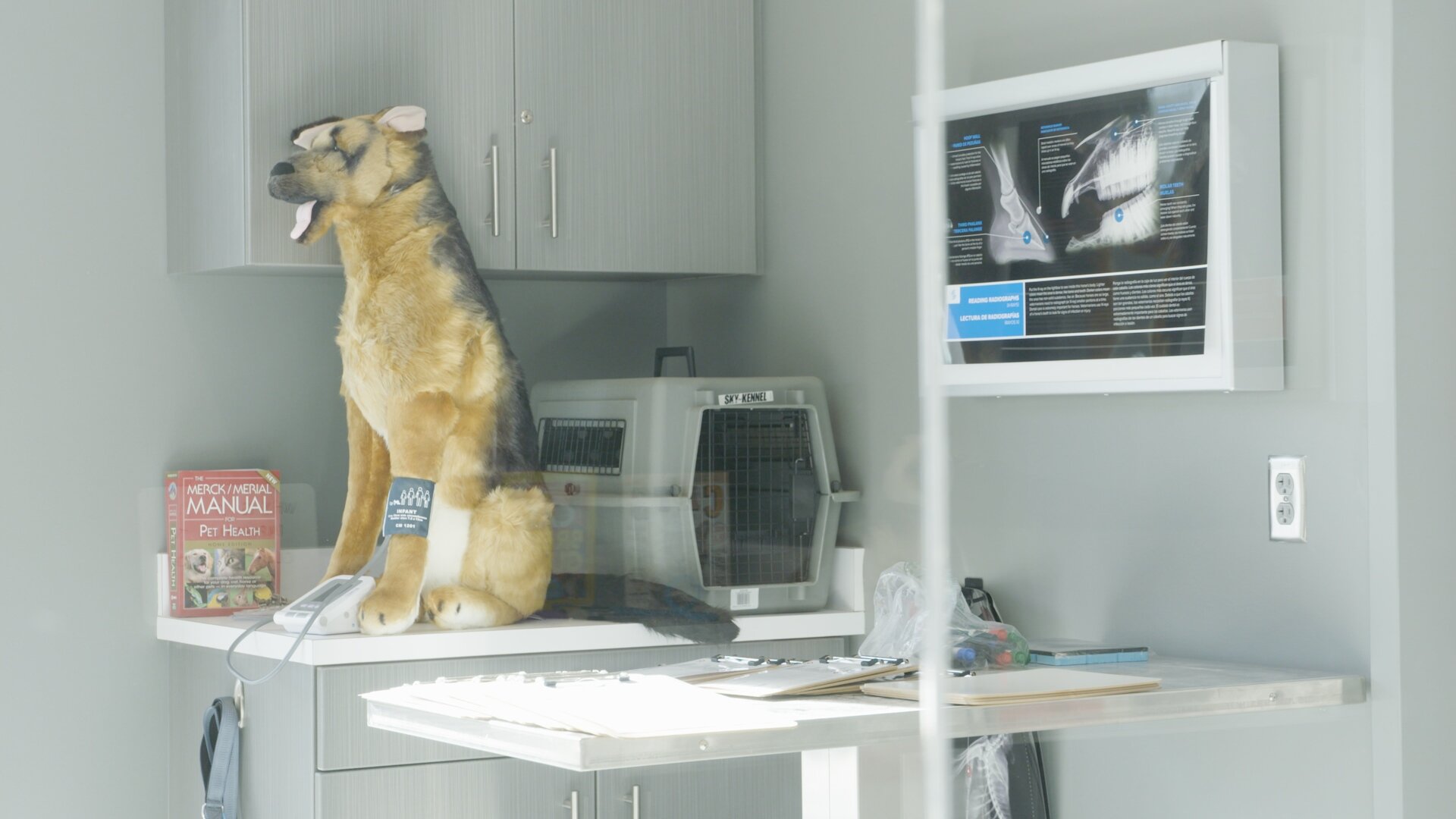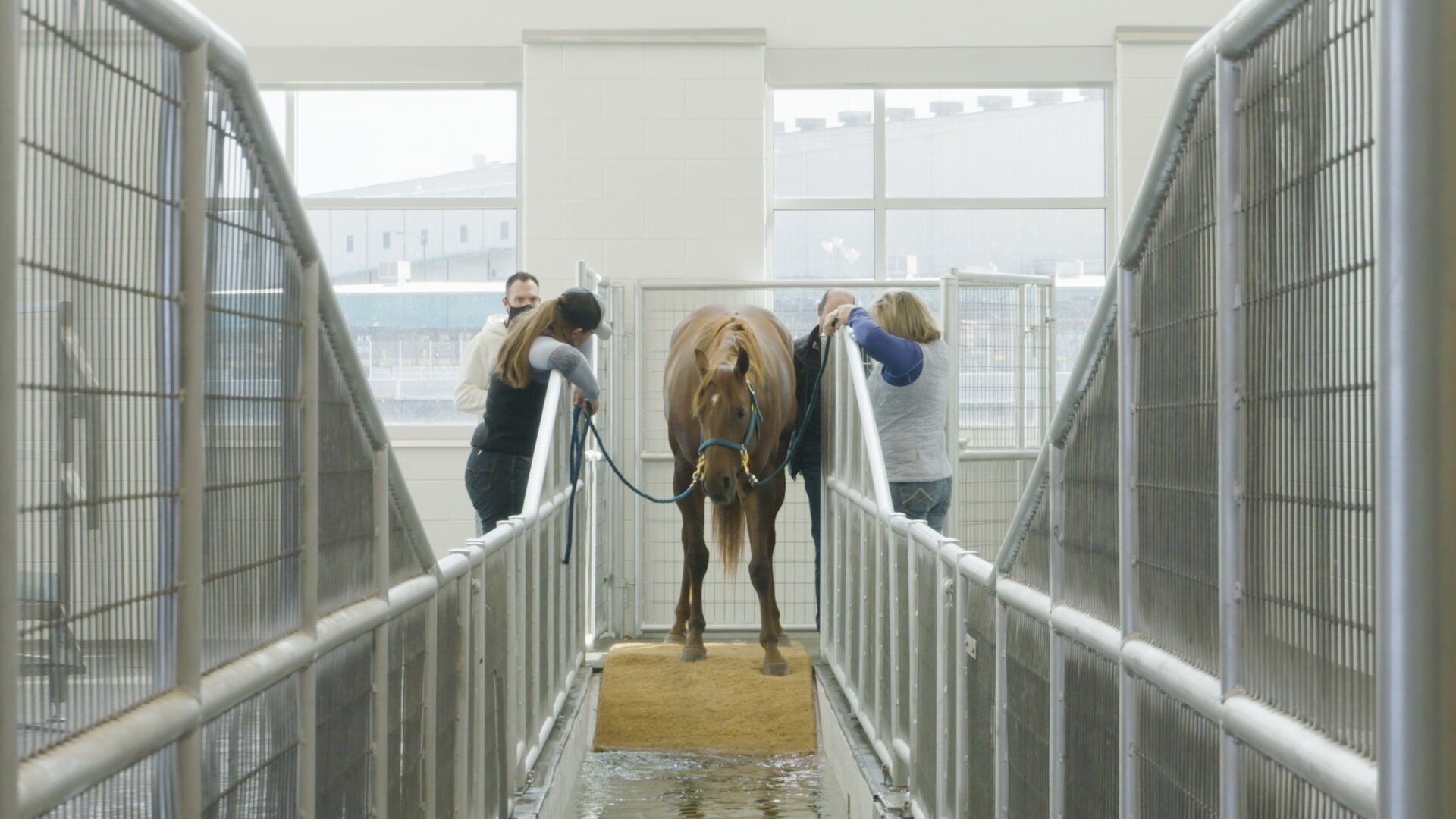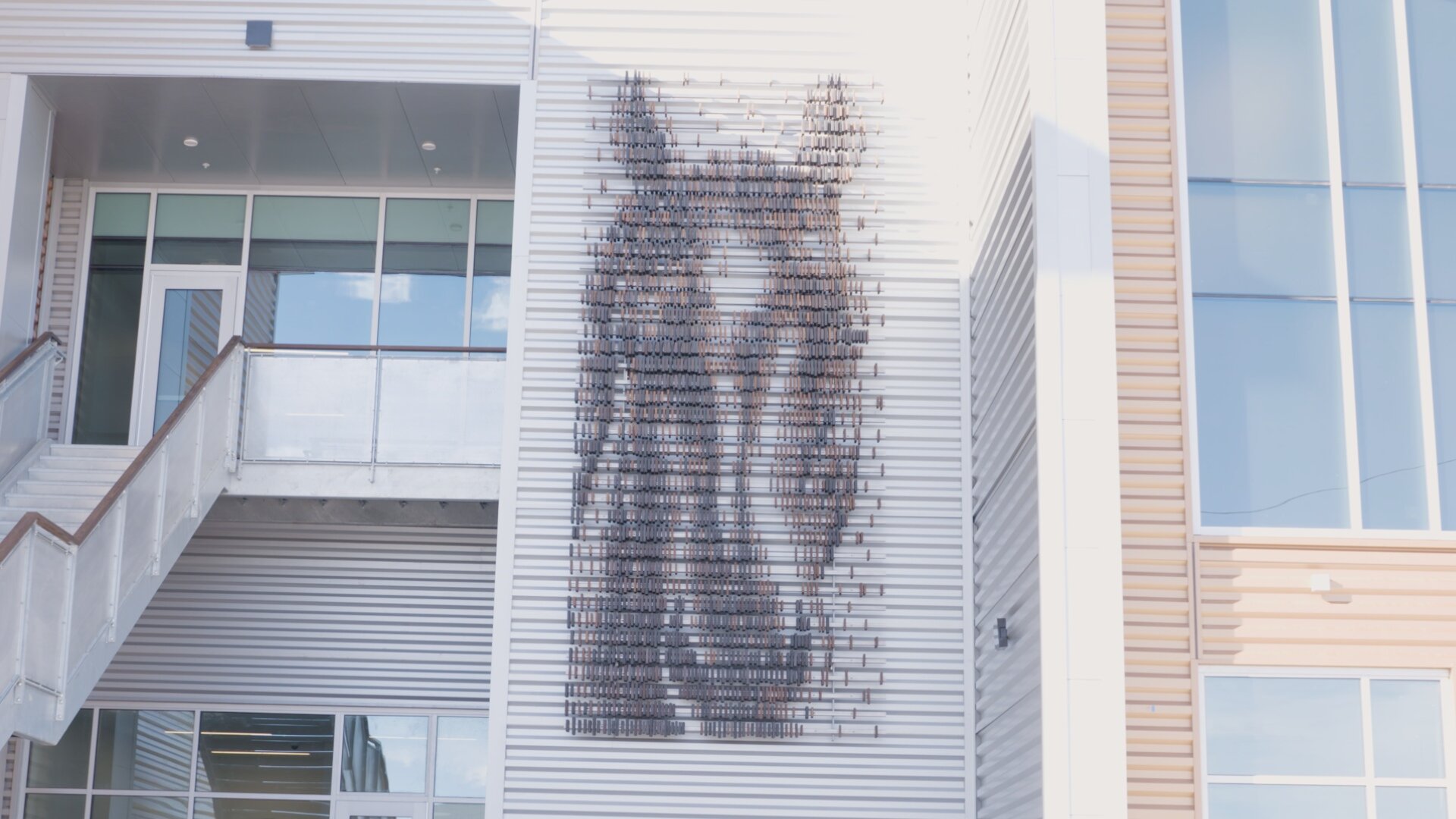CSU opens new science hub dedicated to animals, water and food

DENVER — The grounds of the National Western Stock Show are expanding and getting a new look. Joining what will be known as the National Western Center is a Colorado State University satellite campus, CSU Spur.
“[The development project] is taking the existing grounds of the National Western Stock Show and expanding it to become a year-round, vibrant destination focused on the future of food, health, agriculture,” said Jocelyn Hittle, Assistant Vice Chancellor of CSU Spur and Special Projects.
CSU’s campus will consist of three buildings that represent these important interests, which will open gradually over 2022. “Vida” focuses on animal and human health and opens on January 7th, “Hydro” focuses on water and opens in the spring, and “Terra” focuses on food and opens in the fall.
The campus isn’t just for science and research — something the university is well known for. CSU hopes the buildings will be a hub for connection and learning by integrating art and experiences.
In “Vida” visitors can see up close what it’s like to be a veterinarian. Children can engage in mock exam rooms with example x-rays and stuffed pets to try their bandaging skills on. There will also be opportunities to watch veterinarians do procedures live through just one pane of glass.
“Our veterinarians will have mics and can talk to people on the other side of the glass and answer questions and explain what they are doing, maybe talk about their own journeys and career paths,” said Hittle.
Many of these veterinarians will be with the Dumb Friends League and will offer donor-subsidized care for companion animals.

In “Vida,” horses play a large role. The other two thirds of the building are dedicated to the animals and their connection to humans. An arena and therapy rooms are used by the Temple Grandin Equine Center to provide equine therapy. Close by, a sports medicine clinic provides treatment for horses in return. Equipment and procedures include water treadmills and acupuncture.
“At the front it’s horses helping humans and at the back it’s humans helping horses,” said Adam Daurio, Director of the Temple Grandin Equine Center.
“It really makes that connection clear between human health and animal health,” explained Hittle.

Other experiences and art occupy every corner of the building. For example, a 9-foot-tall geometric cat sits in the center of the atrium and teaches visitors about human-animal interaction: when someone approaches from the front, the cat purrs, and if you approach it from behind, the cat hisses.
This intermixing of art and science will also be present in “Hydro” and “Terra.”
“So, it’s not only about teaching about STEM subjects, science and technology, but also about how we connect anyone who comes through our doors…with these big themes…and show people that regardless of your background or your interests or your discipline that there’s a role for you to play in helping us address these big challenges,” explained Hittle.
The overall focus of health — in environment, animals, and people — can also be seen in the physical structure and operation of the campus itself.

All new buildings at the National Western Center will be certified as LEED Gold or higher. The LEED Gold certification is the second highest rating a building can achieve. Some buildings are also historic and will be adaptively reused — even loose materials like brick and wood have been reused and incorporated into the campus design.
The center is also investing in community solar gardens and the restoration of the South Platte River, which it sprawls by.
Most intriguing is how the campus is sourcing its heating and cooling: from the sewer. Two large sewer pipelines that once rested above ground have been buried. By using heat exchange technology, CSU can recycle a large amount of thermal energy. Almost 90% of its heating and cooling will be sourced from this process, which will save 2,600 metric tons of carbon dioxide every year. It is the largest sewer-heat recovery system in North America.
Inside and out, CSU Spur is an experience. Hittle hopes that people come see what the university and its partners are accomplishing, and perhaps discover their part in it.
“Our doors are open to everyone,” she said.
Clarissa Guy is a multimedia journalist at Rocky Mountain PBS. You can reach her at clarissaguy@rmpbs.org.